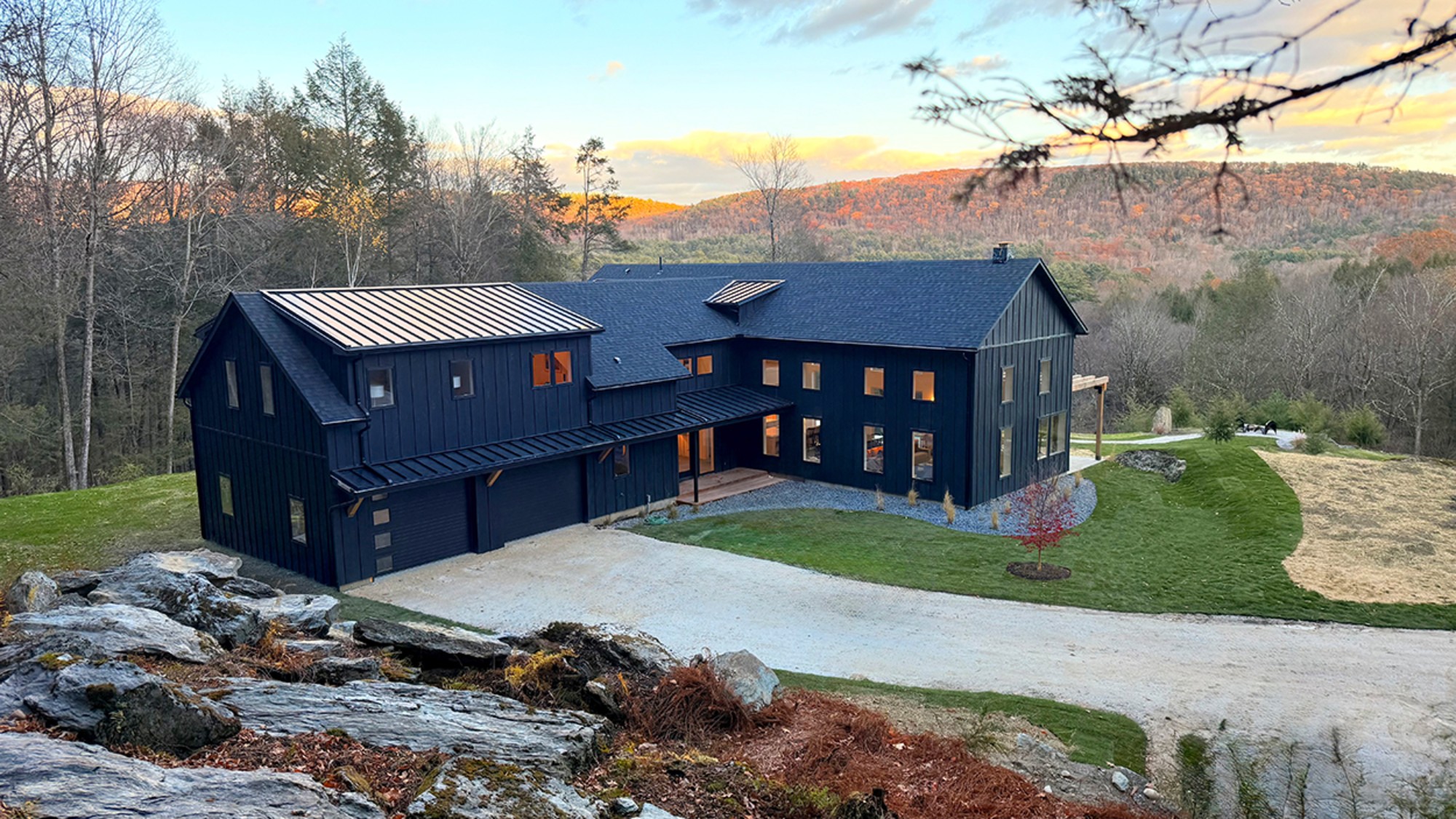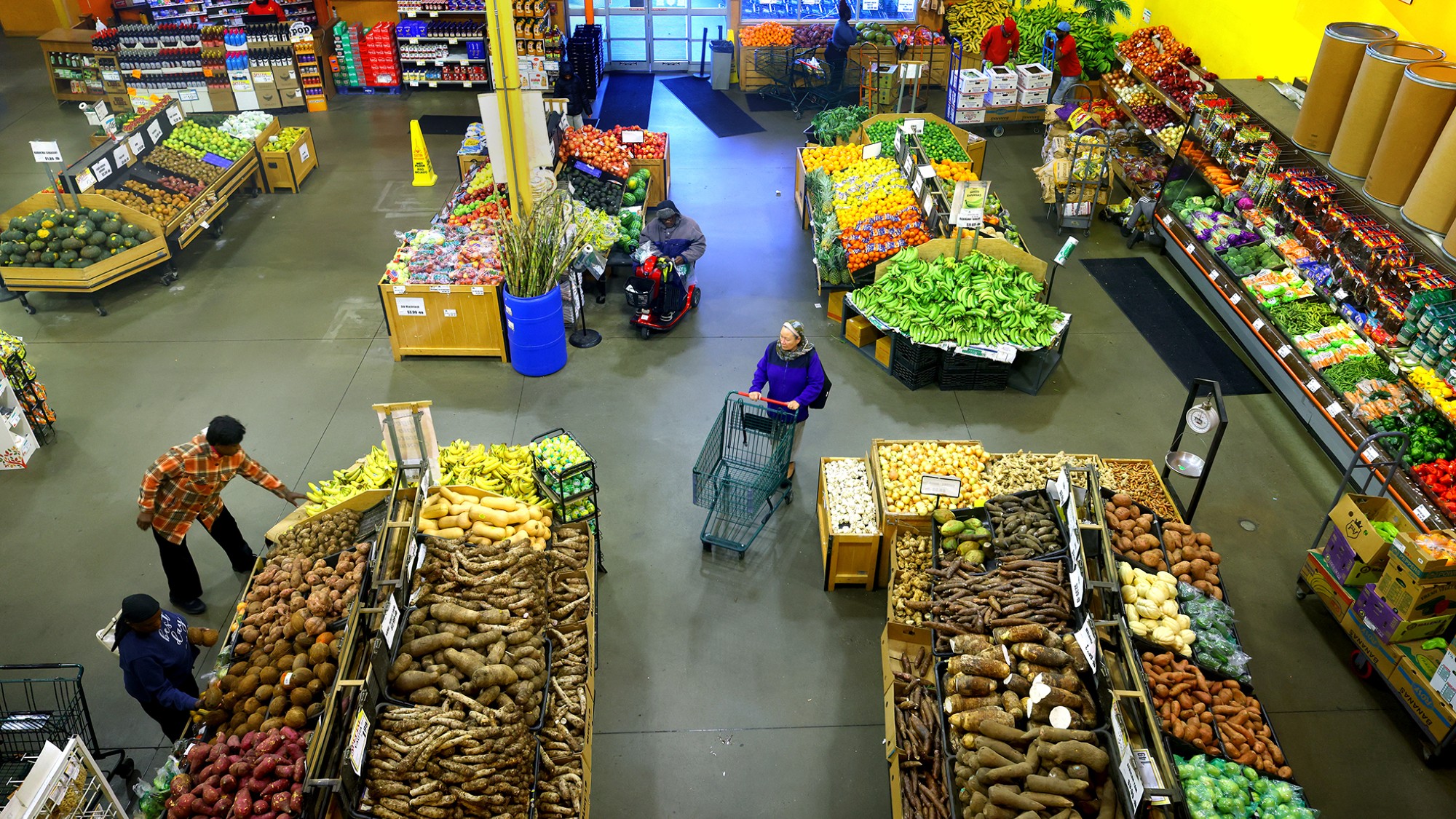This week’s dream: Papa Hemingway’s Paris
Walking in the footsteps Ernest Hemingway
You’ve trudged through the Louvre, said Bob Ford in The Philadelphia Inquirer. You’ve seen the “Big Three”—Mona Lisa, Venus de Milo, and Winged Victory. You’ve also dodged traffic around the Arc de Triomphe, admired the Eiffel Tower, and visited Sacré-Coeur in Montmartre. “Congratulations. Now it is time to see Paris”—for real. One of the best ways to explore this great city is to walk in the footsteps of Ernest Hemingway, who lived in the 5th and 6th arrondissements—two neighborhoods on the Left Bank of the Seine—from 1921 to 1928.
Start at the Pantheon, shrine to many of France’s greatest citizens, and wend your way “through narrow streets” to the Place de la Contrescarpe. Hemingway and his first wife, Hadley, had an apartment just off the cafe-lined square—a third-floor walk-up at 74 Rue du Cardinal-Lemoine. Around the corner, at 39 Rue Descartes, Hemingway rented a top-floor, unheated room as “a writing aerie.” Gertrude Stein, who played den mother to the “lost generation” of American artists that Hemingway belonged to, lived at 27 Rue de Fleurus. To get there, head back to the Pantheon and set off through the Luxembourg Gardens. If you want to buy one of the small blue notebooks Hemingway used “when he wrote in the cafes,” take a slight detour to the Gilbert Jaune stationery store on the Boulevard Saint-Michel.
After you pass Stein’s home, catch the Metro and get off at the Vavin stop in Montparnasse. Here you will find the “three classic brasseries” that Hemingway immortalized in The Sun Also Rises and in A Movable Feast, the memoir of his Paris years. Hemingway first met F. Scott Fitzgerald at the nearby Dingo Bar. The building, at 10 Rue Delambre, is now an Italian restaurant. Ezra Pound, who lived at 70 Notre Dame des Champs, once arranged for Hemingway to be hired as an editor for The Transatlantic Review, a literary journal. “In return, Hemingway gave Pound boxing lessons.” Take the No. 4 line on the Metro to Saint-Germain-des-Prés, and you’re at what was once the social center of literary Paris. At a restaurant formerly known as Michaud’s, on Rue Jacob, Hemingway—soon after arriving in Paris—“watched James Joyce and his family as they ate a meal.” Many writers hung out at Les Deux Magots, but Hemingway preferred the Brasserie Lipp across the street.
The Week
Escape your echo chamber. Get the facts behind the news, plus analysis from multiple perspectives.

Sign up for The Week's Free Newsletters
From our morning news briefing to a weekly Good News Newsletter, get the best of The Week delivered directly to your inbox.
From our morning news briefing to a weekly Good News Newsletter, get the best of The Week delivered directly to your inbox.
Contact: En.parisinfo.com
A free daily email with the biggest news stories of the day – and the best features from TheWeek.com
-
 Homes with great fireplaces
Homes with great fireplacesFeature Featuring a suspended fireplace in Washington and two-sided Parisian fireplace in Florida
-
 Is $140,000 the real poverty line?
Is $140,000 the real poverty line?Feature Financial hardship is wearing Americans down, and the break-even point for many families keeps rising
-
 Film reviews: ‘The Secret Agent’ and ‘Zootopia 2’
Film reviews: ‘The Secret Agent’ and ‘Zootopia 2’Feature A Brazilian man living in a brutal era seeks answers and survival and Judy and Nick fight again for animal justice